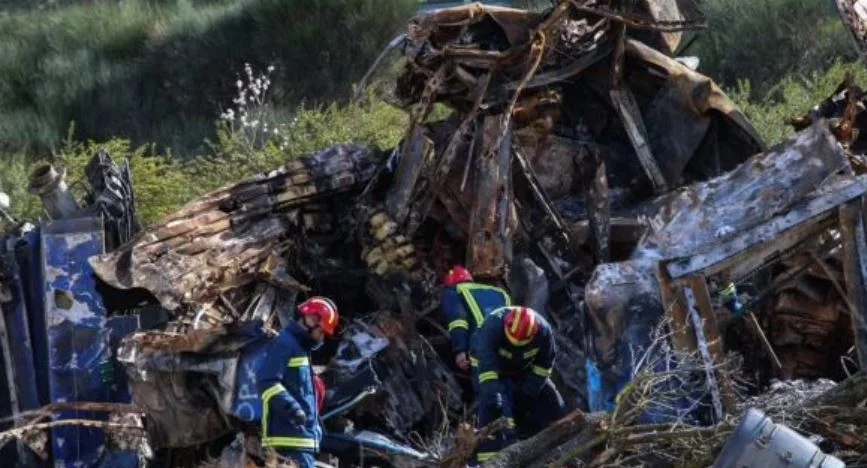
The deadly train collision in north-central Greece on Tuesday night not only revealed to the world the antiquated and ultimately unsafe condition of the country’s paltry – by European standards – rail network, but also the long-standing scourge of vandalism and theft that plagued this transportation medium.
The official death toll, as of Monday, was 55, although the identification of victims continues amid the wreckage, the result of two trains colliding head-on before midnight on Tuesday, just north of the central city of Larissa and before entering the Tempi Valley Gorge. The north-bound passenger train, operated by FS’s subsidiary in Greece, Hellenic Rail, was switched onto the wrong tracks and into an oncoming south-bound freight train, with initial indications pointing to human error.
Repeated and continuous thefts of high-voltage electricity cables along the tracks, break-ins of unguarded Hellenic Railways Organisation (OSE) warehouses containing expensive equipment and materials and even the removal of nuts and bolts holding together rails are a worrying but frequent occurrence in the country.
In one characteristic instance dating back to 2011, a gang of juveniles had cut, with blow torches, seven rails measuring roughly three meters in length, and with each rail weighing 500 kilos. That incident remained “innocuous” for the network’s operation, given that it occurred on an old rail line, however, the systemic theft and vandalism targeting the (few) main lines continued to threaten the safety of passengers and crews.
By all accounts, this situation has plagued the rail network in Greece for at least the past 20 years, despite the arrests made from time to time by police and the eradication of organized gangs of “metal hunters”.
According to authorities and from numerous media reports, most, but not all of the gangs targeting the rail network are comprised of Roma (gypsy) community members, with the modus operandi involving the quick cutting of cables to subsequently retrieve the copper inside for sale to foundries and scrap yards.
Sources that spoke to in.gr in the wake of the deadly train collision cited annual damages of between seven to 10 million euros.
Besides of decades of operational mismanagement, government indifference, and the squandering of national and EU funds aimed to modernize the rail system, nary an investigation has ever focused on scrap yards in the country accepting and paying for copper and other recyclable metals without inquiring over their whereabouts, or possibly even issuing payment invoices.
Another parameter, however, in the systematic looting of state-run OSE assets doesn’t involve authorities’ efficiency in disbanding organized metal stealing gangs, but rather – as employees have long charged – the stealing of equipment and material in order to oblige the company – i.e. taxpayers – to replace them, resulting in new orders worth millions of euros.
The price of the stolen cables and equipment is compounded by the costs of repairs and installation, usually conducted by private contractors.
One very recent document, dated Jan. 31, 2023, in fact, approves a contract to guard rail lines and railroad infrastructure with the use of drones.
Since last summer, meanwhile, monthly and two-month contracts are renewed with security firms, in order to achieve better results in guarding the network, even with the use of drones and even at night.
The contracts also referred to the word “sabotage”, essentially upgrading the problem from mere theft of valuable metals to intentional damage in order to oblige OSE to order new materials and to pay for installation.
Latest News

Deadline for Postal Vote Registration Expires on Mon.
More than 157,000 Greek citizens had registered on the relevant online platform so far

Orthodox Palm Sunday Today; Shops Open in Greater Athens-Piraeus Area
Orthodox Holy Week begins on Monday, April 29, and ends on Sunday, Easter Sunday or Great and Holy Pascha (May 5)

Greek Retailers Remain Optimistic About Easter Shoppers’ Turnout
While stores are expected to be open on Sunday, April 28, the majority of Easter shoppers will likely do their shopping during the Holy Week, following the deposit of Easter bonuses

Europeche: Greek Apricot Production Recovers
Europeche forecasts the production will bounce back despite a slight decrease in varieties attributed to high winter temperatures

Bank of Greece (BoG): Business-Household Deposits Up 1,675bln in March 2024
In March 2024, the monthly net flow of credit to the general government was negative by 469 million euros

FT: Greece’s Economic Rebound a Balance of Growth and Poverty
Eurostat data revealed a significant 10.8% drop in Greek public debt relative to GDP in 2023, alongside a 2% economic expansion, outpacing Germany's performance.
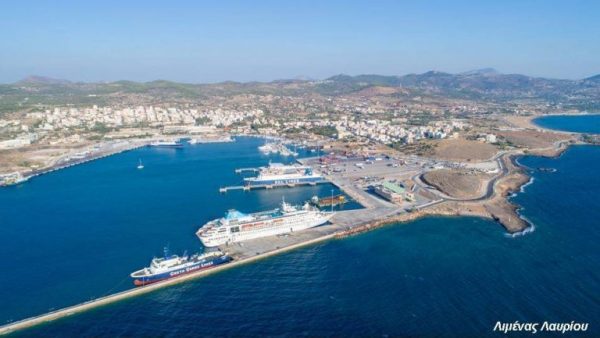
Lavrio Port Authority Next Up for Privatization
A deadline for the submission of expressions of interest is May 14, 2024

Eurostat: Greece Records Largest Drop in Natural Gas Prices in 2nd Half of 2023
The price of electricity and natural gas in Europe was down following a substantial surge that began before the Russian invasion of Ukraine and peaked in 2022
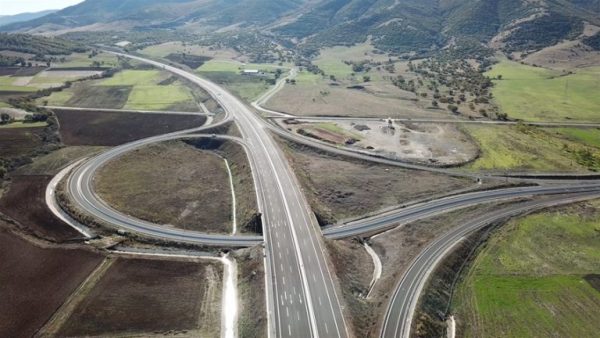
GEK TERNA Still Considers Leveraging Concessions Portfolio as Financial Tool
President and CEO of Gek Terna George Peristeris explained the company's plans on Tuesday on the sidelines of the inauguration of sections of Greece's E65 highway

NielsenIQ: 3% Supermarket Revenue Increase in Q1
Private label products are gaining traction, comprising 25.4% of shopping basket shares, up from 24.7%


























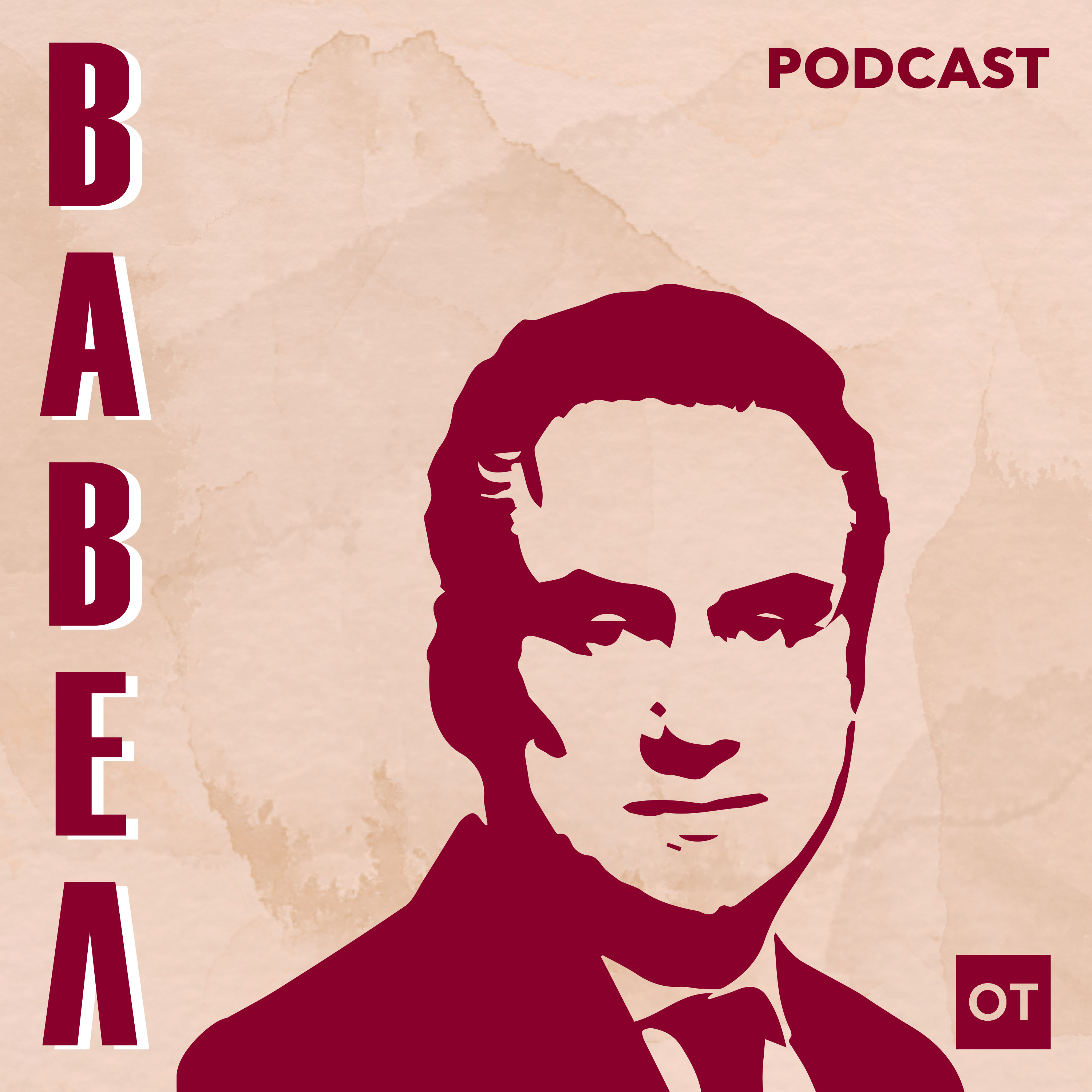


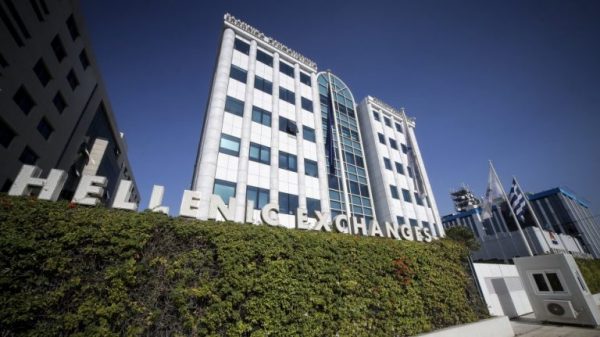





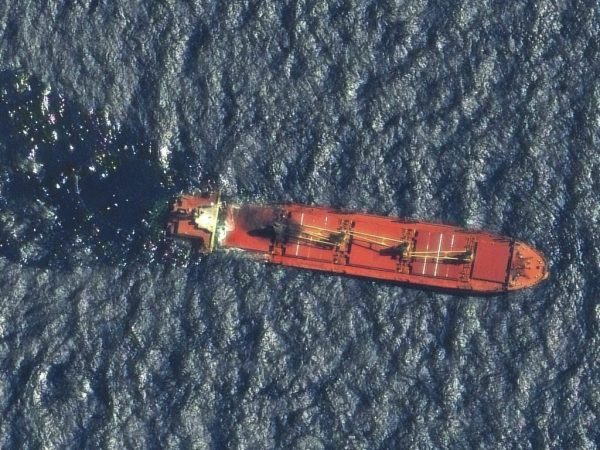


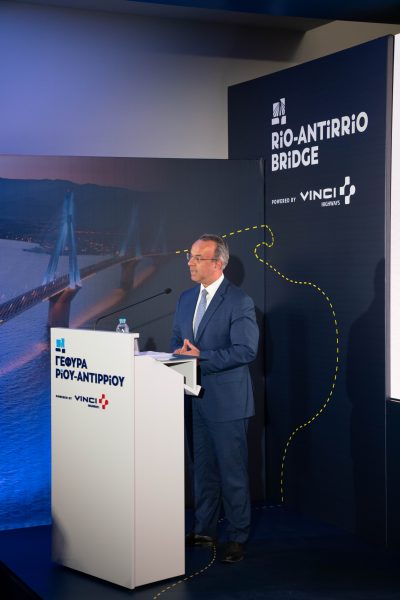

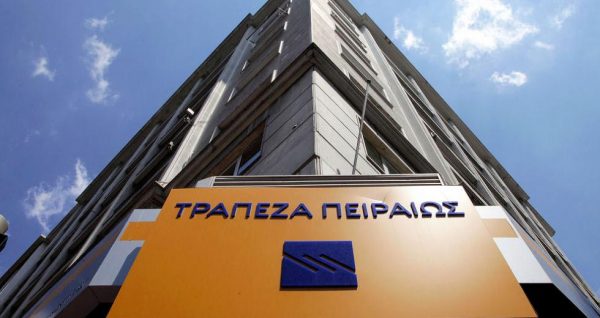

 Αριθμός Πιστοποίησης Μ.Η.Τ.232433
Αριθμός Πιστοποίησης Μ.Η.Τ.232433